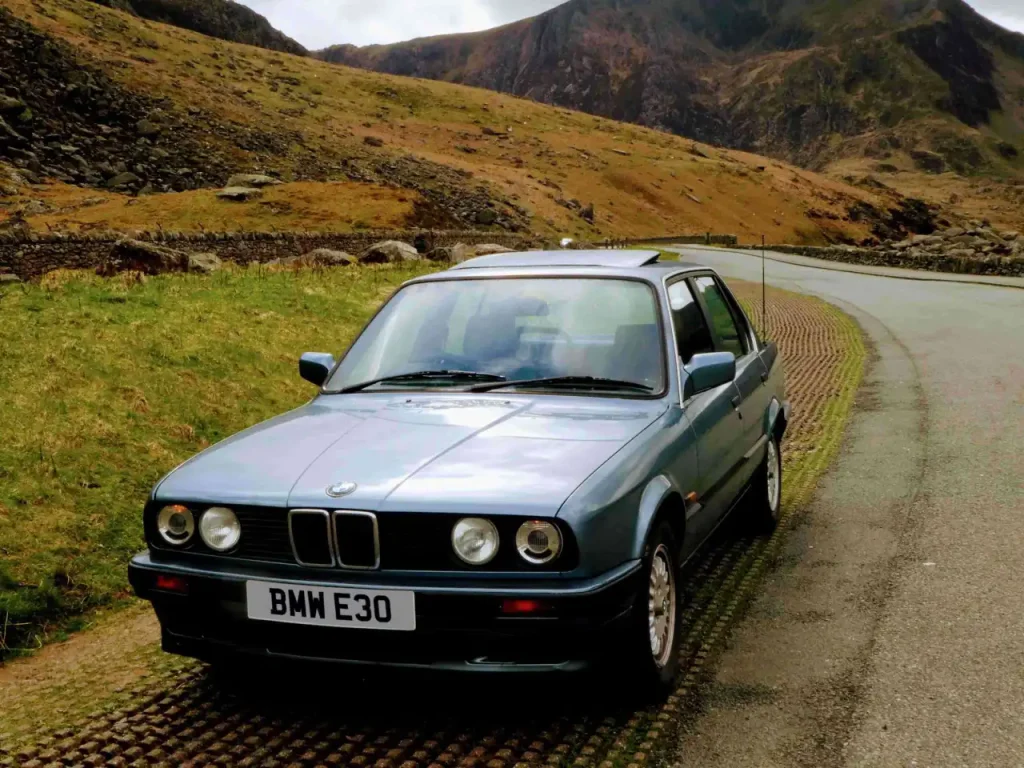Will The Classic Car Bubble Burst?
- Advice
- News
-
Oct 08
- Share post

The allure of classic cars has captivated enthusiasts and investors alike for decades. These timeless machines not only represent a piece of automotive history but have also proven to be a potentially lucrative investment. In recent years, classic car values in the UK have experienced a meteoric rise, leaving many wondering if this growth is sustainable or if the classic car bubble is poised to burst. In this article, we will delve into the rapid appreciation of classic cars, examine the factors driving this surge, and attempt to predict the future of classic car values in the UK, all while debating the merits of purchasing these vehicles as investments versus purely for the enjoyment of ownership.
The Classic Car Market’s Meteoric Rise
The classic car market in the UK has witnessed an unprecedented surge in recent years. What was once a niche hobby has transformed into a high-stakes market where classic cars are considered not just rolling works of art but also lucrative investments. The allure of nostalgia, craftsmanship, and the thrill of owning a piece of automotive history have driven collectors and investors to pour their resources into these four-wheeled gems.
The Numbers Speak Volumes
To understand the magnitude of this surge, one need only look at the stats. According to a report by the Historic Automobile Group International (HAGI), classic car values in the UK experienced an astonishing growth rate of nearly 200% from 2008 to 2018, significantly outpacing traditional investments such as stocks and bonds.
The reasons behind this exponential growth are multifaceted. First and foremost is the scarcity of classic cars. Some of these vehicles were produced in limited quantities but many have succumb to the scrap heap. Either way, limited supply has influenced prices. This rarity factor drives up prices as collectors compete for a shrinking pool of available vehicles. You can check how many examples of a particular model are left on UK roads by searching here.
Another key driver is the emotional connection people have with cars. These automobiles often evoke memories of a bygone era, a time when cars were more than just a means of transportation; they were symbols of status, style, and freedom. Demographics also play a huge role here, with many potential buyers seeking cars that tap into childhood nostalgia or aspirational models that were out of reach as young adults.
The Role of Investment
The surge in classic car values has also been fueled by the perception that they are solid investments. In a world where traditional investments like stocks and bonds can be unpredictable, the tangible nature of classic cars is appealing. Investors see these vehicles as a way to diversify their portfolios and hedge against economic uncertainty.
Moreover, classic cars have demonstrated their investment potential. Certain iconic models, such as the Jaguar E-Type and the Porsche 911, have seen their values soar over the years. This track record of appreciation has attracted investors seeking substantial returns on their capital.
Will the Bubble Burst?
With classic cars commanding such high prices and interest rates, it’s natural to wonder if this growth is sustainable or if we are on the cusp of a classic car bubble burst.
Factors to Consider
-
- Market Saturation: One of the factors that could lead to a classic car bubble burst is market saturation. As more and more people invest in classic cars, the supply-demand equation may shift. If the market becomes oversaturated with these vehicles, prices could stagnate or even decline.
-
- Economic Downturn: Economic factors play a significant role in the classic car market. During periods of economic downturn, investors may liquidate their assets, including classic cars, to raise funds. This could flood the market with vehicles for sale, putting downward pressure on prices.
-
- Changing Tastes: As generations change, so do their automotive preferences. What is considered a classic today may not hold the same appeal for future generations. If younger collectors are not as interested in classic cars, it could impact their long-term value.
-
- Regulation and Emissions: Increasingly stringent regulations regarding emissions and safety could impact classic cars’ practicality and legality on the road. This might reduce their desirability and value.
- Trickle-down economics: It was often the flagship or high-speced models that saw appreciating values; cars that were special in their day. However, as these values soar, buyers seek to enter the market at a lower price point. A prime example is the BMW 3-Series (E30). The M3 was the poster car; the one to have and invest in. As values sky rocketed, buyers set their sites a little lower with standard 6-cylinder coupes; not an M3 but still an interesting car. As this race to the bottom continues, even 1.6 litre 4-cylinder saloons are now considered collectable.
- Regulation and Emissions: Increasingly stringent regulations regarding emissions and safety could impact classic cars’ practicality and legality on the road. This might reduce their desirability and value.
Expert Opinions
Experts in the field have mixed opinions about the future of classic car values. Some believe that the market is due for a correction, while others argue that the appeal of classic cars is timeless and will continue to drive demand.
Andrew Newton, a classic car consultant, says, “We might see a cooling off period where prices stabilize or dip slightly, but I don’t believe we’re on the verge of a classic car bubble burst. The emotional connection people have with these cars is enduring.”
However, others like Mark Perkins, a vintage car appraiser, are more cautious. “Investors should be prepared for some volatility,” he advises. “While classic cars can be a rewarding investment, it’s essential to approach them with a long-term perspective and a genuine love for the vehicles.”
Short-Term Predictions
Predicting short-term fluctuations in classic car values is challenging, as it depends on various unpredictable factors. However, some trends are worth considering:
The Impact of Events
The classic car market often responds to major events, such as auctions and concours d’elegance. High-profile sales can set new records and drive up prices for similar models. Conversely, if a high-profile sale disappoints, it could send ripples through the market, causing some prices to soften temporarily.
Rarity and Condition
In the short term, the condition and rarity of a classic car will continue to play a crucial role in its value. Pristine, low-mileage examples of sought-after models will likely command top prices, while less pristine or more common variants may see slower appreciation.
Economic Factors
Economic conditions, including interest rates and consumer confidence, can influence short-term market dynamics. During periods of economic uncertainty, investors may be more cautious, potentially impacting the market.
Long-Term Predictions
When looking further into the future, several scenarios could play out:
A Sustainable Market
If classic cars continue to evoke strong emotions and maintain their appeal among collectors, the market may remain robust. Prices could continue to appreciate, albeit at a more moderate pace than in recent years. We may even see a counter culture movement as electric cars continue to enter the market. Consumers may also see the coming decades as their last chance to own classic or even combustion engine cars in general.
A Correction
It’s also possible that the market experiences a correction, with prices stabilizing or even declining slightly. This could occur if economic conditions deteriorate or if younger generations show less interest in classic cars. This could manifest in several ways as not only to young people own and drive cars at a declining rate but are generally more concerned with the environmental impacts of transport.
Selective Appreciation
Certain segments of the classic car market may continue to appreciate while others stagnate or decline. Factors such as historical significance, design, and rarity will likely influence which models continue to see strong demand. We’ve already seen this with post war cars where the enthusiast demographic is in decline which in turn impacts the supply of aftermarket parts and expertise.
Legislation
Motoring laws also has an impact on classic car values. Historical vehicles over 40 years old have long enjoyed excemptions from tax and more recently clean air zones. The latter may become an increasingly imporant factors as schemes like London’s ULEZ and Birmingham’s CAZ are likely to spread throughout the UK. This could have a direct affect on values in two ways. Firstly, cars that are not exempt may see a decline in demand as they become a less attractive proposition. Secondly, there is less incentive to maintain or restore a car that will become prohibitably expensive for regular use. Highly valuable collectors models will most probably be insulated from this effect but it could certainly see a reduce in supply of low to moderately priced classics. It will be also interesting to monitor the appreciation of so called ‘modern classics’; cars from the early 2000s that represent an afforable way of driving an older and interesting vehicle without being foul of clean air zones.
Investment vs. Enjoyment
The debate over whether to purchase a classic car as an investment or purely for the enjoyment of ownership is at the heart of the classic car market. Both approaches have their merits and drawbacks.
Investment
For those primarily interested in classic cars as investments, it’s essential to approach the market with a clear strategy. This includes researching the market thoroughly, understanding which models are likely to appreciate, and considering factors like storage and maintenance costs. It’s also crucial to have a long-term perspective, as classic cars can be illiquid assets that may not deliver immediate returns.
Enjoyment of Ownership
On the other hand, many classic car enthusiasts argue that the true value of these vehicles lies in the joy of ownership. The thrill of driving a vintage sports car or the satisfaction of restoring a classic to its former glory can be immensely rewarding. While classic cars can appreciate in value, the emotional satisfaction they bring is often the primary motivation for enthusiasts.
A Source of Income
Classic cars can not only hold value as an appreciating asset but also have the ability to generate income. There is great demand for period cars for various events such as weddings and of course media productions e.g. film & television. Many classic car owners find that hiring out their vehicle is a great way to fund maintenance costs. This comes into play in two ways. If the aim is to reap the rewards of appreciation, the condition of vehicle will need to be maintained, even if it’s barely being driven. This means the rate of appreciation will need to exceed the ongoing cost of upkeep. However, even if the car is not viewed as an investment and is enjoyed reguarly, costs can still pile up especially with rising fuel prices, insurance and the rollout of clean air zones such as ULEZ. Just the occasional hire job could be enough to keep the kitty topped up for preventaive maintenance and unexpected bills.
Conclusion
The rise in classic car values in the UK has been nothing short of remarkable, but it raises important questions about the sustainability of this growth. While the future of classic car values remains uncertain, several factors, including market saturation, economic conditions, and changing tastes, could influence their trajectory.
Investors should approach the classic car market with caution and a long-term perspective. While these vehicles have shown their potential as investments, they also require a genuine passion for classic cars and a willingness to weather potential market fluctuations.
In the end, whether you purchase a classic car as an investment or for the sheer enjoyment of ownership, one thing is clear: classic cars continue to hold a special place in the hearts of enthusiasts and collectors, and their timeless appeal is unlikely to fade entirely, even if the bubble does eventually burst.

